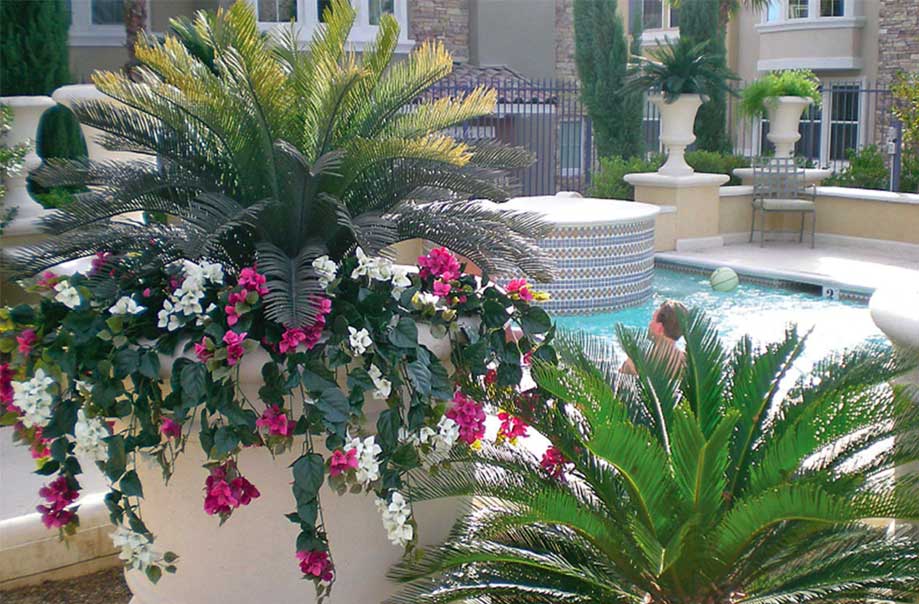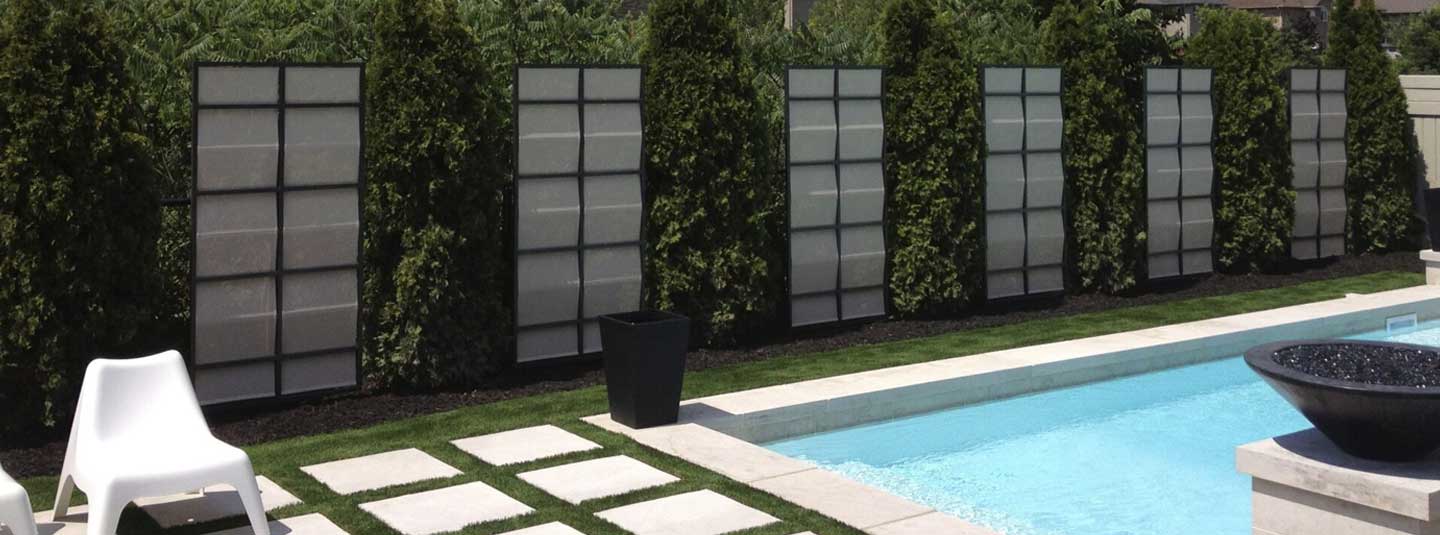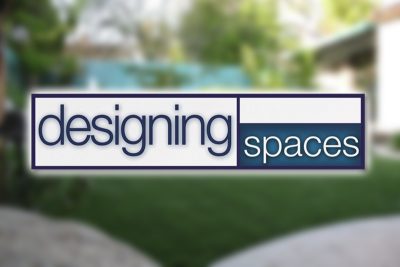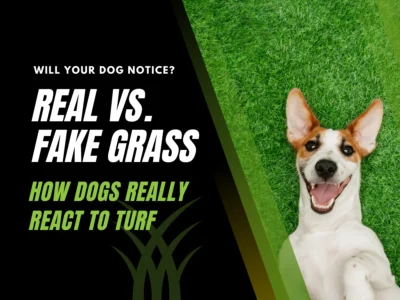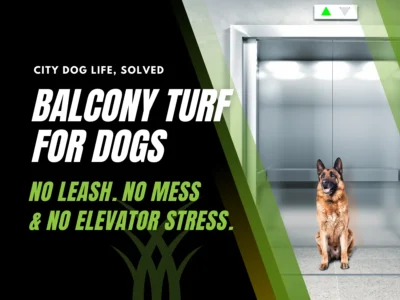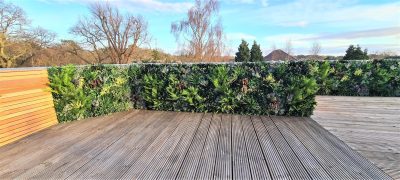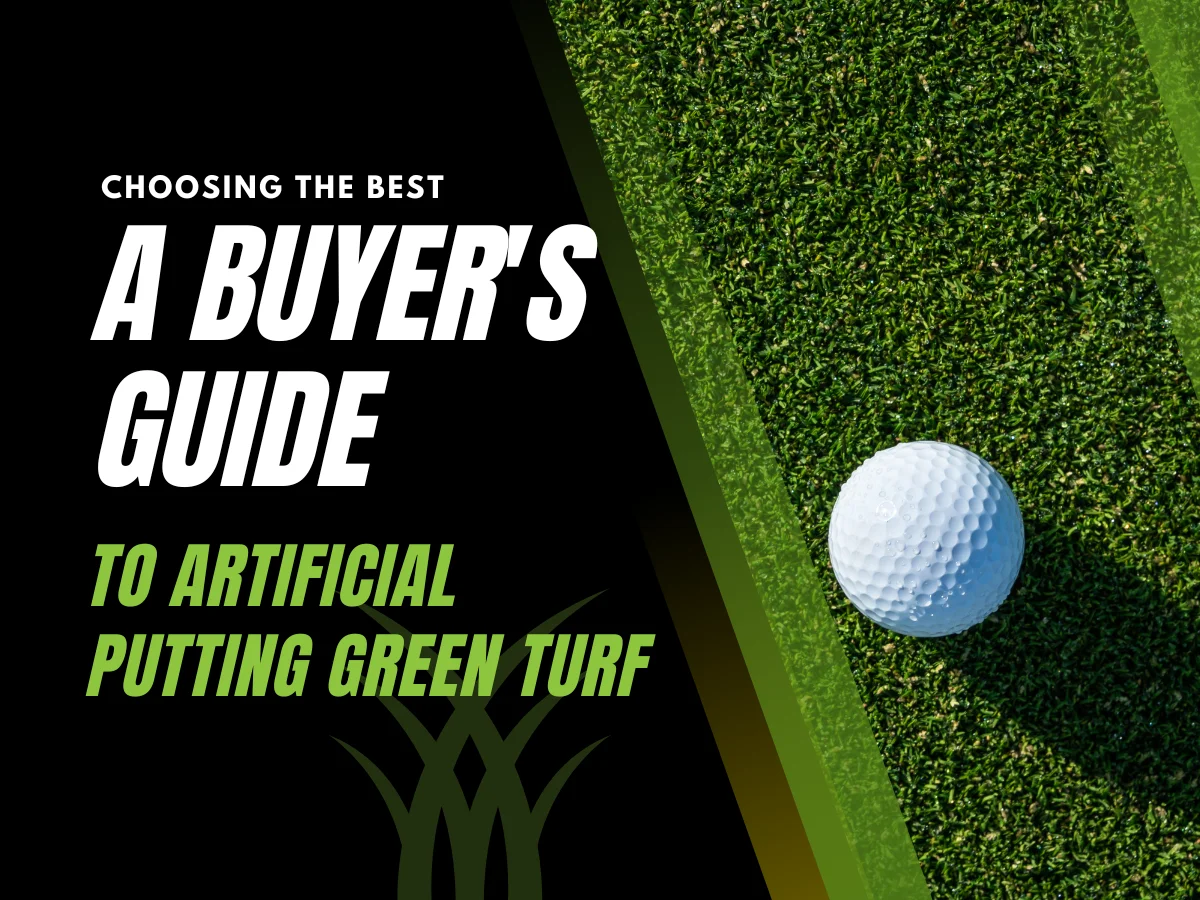Want a backyard green that rolls true without the upkeep of a country club? The right turf makes all the difference. But with nylon, polyethylene, infill, and drainage to consider, it’s easy to get lost in the weeds
The quality of your backyard putting green will largely come down to the turf you choose. Selecting the best artificial putting green turf for your needs is crucial for getting a smooth, realistic roll and a durable surface that lasts.
Not all synthetic golf turfs are the same. In this buyer’s guide, we break down the key factors to consider. We’ll review turf material (nylon vs. polyethylene) and pile height, infill options, backing, and more. By understanding these features, you’ll be able to pick a turf that fits your goals and budget, whether you’re a casual golfer or chasing a pro-level practice experience.
Turf Material: Nylon vs. Polyethylene (and Polypropylene)
The first decision is the turf fiber material. The two most common artificial golf turf options are nylon and polyethylene (with polypropylene as a lesser-used third).

Nylon Putting Green Turf
Nylon is widely considered a good option for ‘your best’ artificial putting green turf. It has very stiff, dense fibers that stand upright on their own, creating a fast, firm putting surface. Nylon turf is extremely durable and resists matting or crushing under foot traffic. The blades bounce back, which is why many high-end indoor putting mats use nylon. You can achieve a quick ball speed (high stimp reading) without a lot of sand infill because of nylon’s natural firmness.
Nylon provides an exceptionally realistic and consistent ball roll, which is exactly what serious golfers want. The downside is cost: nylon putting turf typically costs more than polyethylene. Modern nylon turfs are usually UV-protected, but it’s worth verifying UV stability since the turf will be in sunlight. Overall, if you want top-tier performance and don’t mind the higher price, nylon is a great choice for a home green. (Keep in mind that premium materials can raise the budget. Our backyard putting green cost guide gives a sense of pricing differences.)
Polyethylene Putting Green Turf
Polyethylene (PE) is the best artificial putting green turf for residential use. Today’s PE turfs have improved dramatically and can offer an excellent putting experience. PE fibers are softer to the touch and a bit more flexible than nylon.
Many polyethylene greens do use sand infill to help the fibers stand up and to fine-tune the speed, since PE blades aren’t as rigid by themselves. For homeowners who want less upkeep, modern infill-free putting green systems offer true roll without all the sand maintenance. The big advantages of PE are its cost (generally more affordable than nylon) and its natural look and UV stability are inherently good at resisting fading.
A quality PE turf can roll true and mimic real grass very closely; in fact, a good polyethylene putting turf provides a smooth, consistent ball roll that closely resembles a natural green. For most home greens, polyethylene is the go-to choice. AGL Grass’s Golf Leisure Putting Green turf, for example, is made from 100% polyethylene monofilament fibers.
Polypropylene (PP) turf is mostly found in older or budget systems and usually requires heavy sand infill. Modern home greens rarely use PP alone, as polyethylene has largely replaced it.
Pile Height and Density: Short and Tight is Best
For the best artificial putting green turf, the length of the turf fibers (pile height) and how densely they are stitched are critical factors.
Shorter fibers, roughly 3/8” to 1/2” in height (~10–12 mm), are ideal. A short pile means the golf ball rolls on top of the blades rather than sinking in. If the turf is too tall (say around 1”), the ball will slow down too much unless you add a lot of infill to raise the “floor.” Most quality putting turfs keep the pile height about 1/2” or less, closely emulating a well-manicured golf green. Short, ~1/2” pile heights resist matting and closely emulate real greens.

Equally important is density. You want a turf with a high stitch count (lots of fibers packed together). A dense turf ensures the ball rolls smoothly and doesn’t wobble between sparse fibers. It also helps the turf wear better over time. When checking samples, if you can easily see the backing or gaps between fibers, it’s probably not dense enough for a good putting surface. A tightly woven turf will feel more like a fine carpet and less like shag grass. Go for short and dense because that combination will give you a true roll and good durability.
Infill or No Infill?
You might notice some putting green turfs require sand infill while others are infill-free. Infill refers to adding sand (or rubber granules) into the turf after installation.

- Traditional sand-filled greens: These use turf that you fill with fine sand for weight and to keep fibers upright. They can putt great and let you tweak speed by adding or removing sand. However, they require more work: you’ll need to periodically brush/redistribute sand and possibly refill it. They can also get debris mixed in and need upkeep (much like real greens need care). Because of this, many homeowners shy away from full sand-filled systems unless they’re prepared for the maintenance. (They each have pros and cons, which we compare in detail here.)
- Infill-free modern turf: Newer putting green turfs are designed so you don’t need to add sand at all (or just a light topdressing). These products have very dense, short fibers (sometimes with a thatch layer) that support themselves. The result is much less maintenance and, once you install the turf, you’re basically done. The green’s speed and feel are built-in by the manufacturer (often around stimp 9–10 out of the box).
Turf Backing and Drainage
Don’t overlook the backing of the turf–this is the material that holds all the fibers in place and lies on the base. A quality putting turf typically has a strong backing that won’t crack or shed easily. Try tugging on the fibers of a sample: on a well-made turf, they won’t pull out; on a poorly made one, some might come loose (which you definitely don’t want). A durable backing ensures your green holds together for the long run.

Also, check that the turf backing is perforated for drainage. Virtually all outdoor putting turf comes with small drainage holes every few inches. This is crucial for letting rainwater pass through to the crushed rock base below. A good putting turf will drain quickly, preventing puddles on the surface. (Of course, proper base installation with a slight grade is important too.)
The bottom line is you should be able to play soon after a rain shower, and that means the water needs to escape through those holes.
Realism: Appearance and Feel
Looks matter too. Pay attention to the turf’s color and texture. The best artificial putting green turfs have a realistic green hue (often using a mix of green shades and a bit of brown thatch to mimic real grass) and a matte finish to avoid a plastic shine
Also consider how it feels underfoot and how the ball sounds on it. A high-quality turf will feel dense and firm (not spongy or overly shaggy) and the ball will roll quietly, much like on natural grass. If possible, check a sample in person as you want a turf that makes you do a double-take because it looks and putts like the real thing.
Durability and Warranty
A backyard putting green is an investment, so you’ll want it to last. High-quality turf can easily last 15+ years of regular use. Look for features like UV-resistant fibers (to prevent fading in sunlight) and a strong backing, as mentioned above. A quality turf from a reputable brand should easily handle years of home use.
Finding Your Best Turf
Picking the right turf is about balancing these factors with what you care about most. A serious golfer might invest in premium nylon for top performance, while a casual player can be very happy with a quality PE turf. Or vice-versa.
Whatever you choose, aim for a short and dense product, consider an infill-free option for easier upkeep, and make sure it drains well and comes from a reputable brand (with a solid warranty).
It’s a great idea to get samples and test them yourself if possible. And if you need help, don’t hesitate to consult experts (the team at AGL Grass is always happy to offer guidance). With a bit of homework and advice, you’ll be ready to select the perfect turf for your backyard putting paradise. Happy putting!




